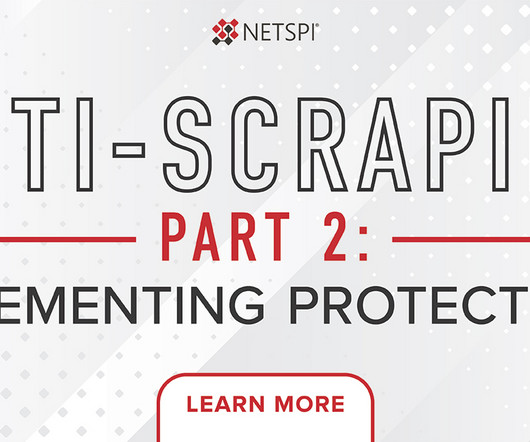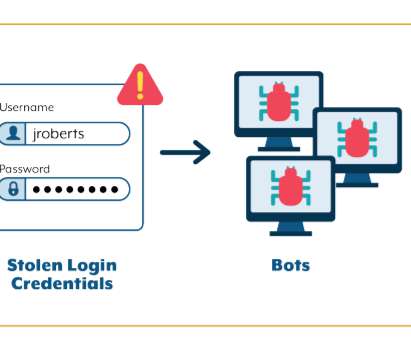GUEST ESSAY: A primer on content management systems (CMS) — and how to secure them
The Last Watchdog
MAY 19, 2022
For instance, the The Last Watchdog article you are reading uses a CMS to store posts, display them in an attractive manner, and provide search capabilities. Wikipedia uses a CMS for textual entries, blog posts, images, photographs, videos, charts, graphics, and “ talk pages ” that help its many contributors collaborate. Gierlinger.















Let's personalize your content